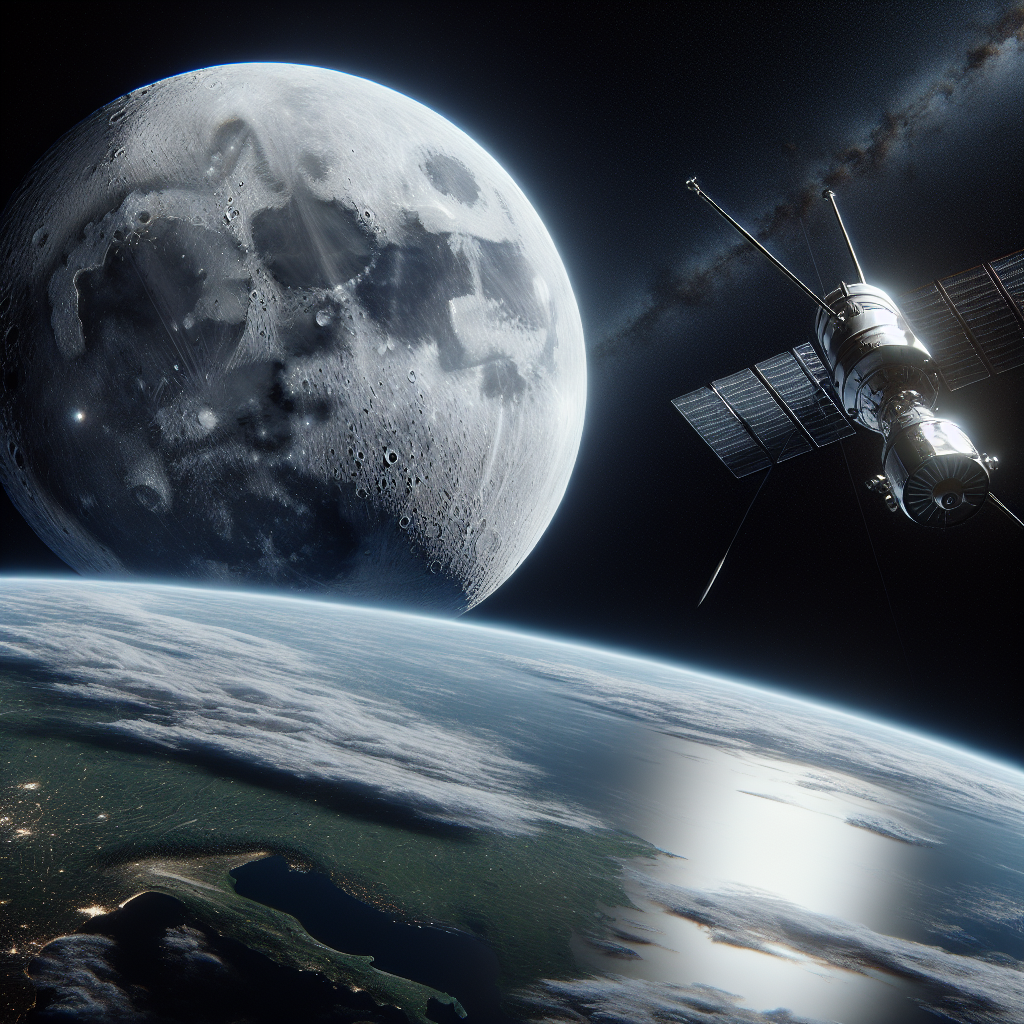
Journey to the Moon: How Long Does It Take?
Traveling to the moon presents a fascinating challenge that’s captured human curiosity for decades. The moon, our closest celestial neighbor, orbits Earth at an average distance of about 238,855 miles (384,400 kilometers). The duration of trips to the moon varies significantly, with mission types, technological advancements, and specific objectives shaping each journey’s unique timeline.
The Fastest Trips to the Moon
- The New Horizons Probe: Launched by NASA in 2006, the New Horizons Probe is known for its speed, making a flyby past the moon in just 8 hours and 35 minutes. Although its primary mission was to reach Pluto, this remains the fastest human-made craft to travel close to the moon without stopping.
- Luna 1 by the Soviet Union: In 1959, the Luna 1 mission aimed to make contact with the moon’s surface, although it ultimately bypassed the moon, reaching its proximity in 34 hours.
Landmark Moon Missions
- Apollo 11: Perhaps the most iconic moon mission, Apollo 11 transported astronauts to the lunar surface in 1969, taking approximately 109 hours and 42 minutes from launch to landing.
- Beresheet Mission: In 2019, Israel’s Beresheet spacecraft embarked on a protracted journey involving a six-week looping path around Earth before crashing onto the moon after 48 days.
Fuel and Mission Objectives: Key Influencers
There’s a delicate balance between fuel usage and travel time in lunar missions. Engineers often use gravitational forces, or gravitational assists, from celestial bodies to minimize fuel consumption. This strategy may extend the mission duration but proves cost-effective and practical.
The Role of Mission Objectives
The mission’s purpose can drastically impact travel time. According to NASA’s mission analysis, factors such as rocket type, fuel capability, and scientific goals shape spacecraft design and optimal travel routes.
Record Holders in Lunar Travel
- CAPSTONE: This NASA cubesat holds the record for the longest trip to the moon, taking 4.5 months to enter the moon’s orbit in 2022. CAPSTONE’s mission was to test an orbit planned for NASA’s future Gateway project.
Essential Phases of a Lunar Mission
Every lunar journey follows critical steps that determine travel time:
- Launch Preparation: The mission begins with substantial fuel to overcome Earth’s gravitational pull.
- Orbital Manoeuvres: Once in orbit, minimizing fuel usage is crucial, considering additional weight increases mission cost.
- Trajectory Optimization: Precision in the spacecraft’s path ensures it reaches the moon, whether aiming for direct contact or entering lunar orbit.
The Impact of Technology and Calculations
The success and duration of lunar missions largely depend on precise calculations regarding spacecraft size, fuel reserves, crew needs, and other critical factors. As technology advances, so does our ability to refine these models, potentially opening avenues for faster, more efficient moon travel.
Conclusion: The Ever-Evolving Lunar Quest
The journey to the moon showcases human ingenuity and the progression of aerospace technology. As we continue to explore further into space, the knowledge gained from these missions not only brings us closer to our lunar goals but also sets the foundation for future deep-space exploration endeavors. As each mission is meticulously planned, the potential for new records and breakthroughs remains limitless.
Source: https://www.livescience.com/space/space-exploration/how-long-does-it-take-to-travel-to-the-moon

